
Tidying and organizing your classroom shouldn’t be something that takes much of your teacher time. Your students share the space with you and they should share the responsibility of keeping it clean/getting it ready for learning each day. When your students work with you to keep the space clean, there’s more time for planning, prepping, and making each day in the classroom more engaging for your students, which motivates them to care for their environment.
This is something you have heard me talk about time and time again, especially on Instagram stories.
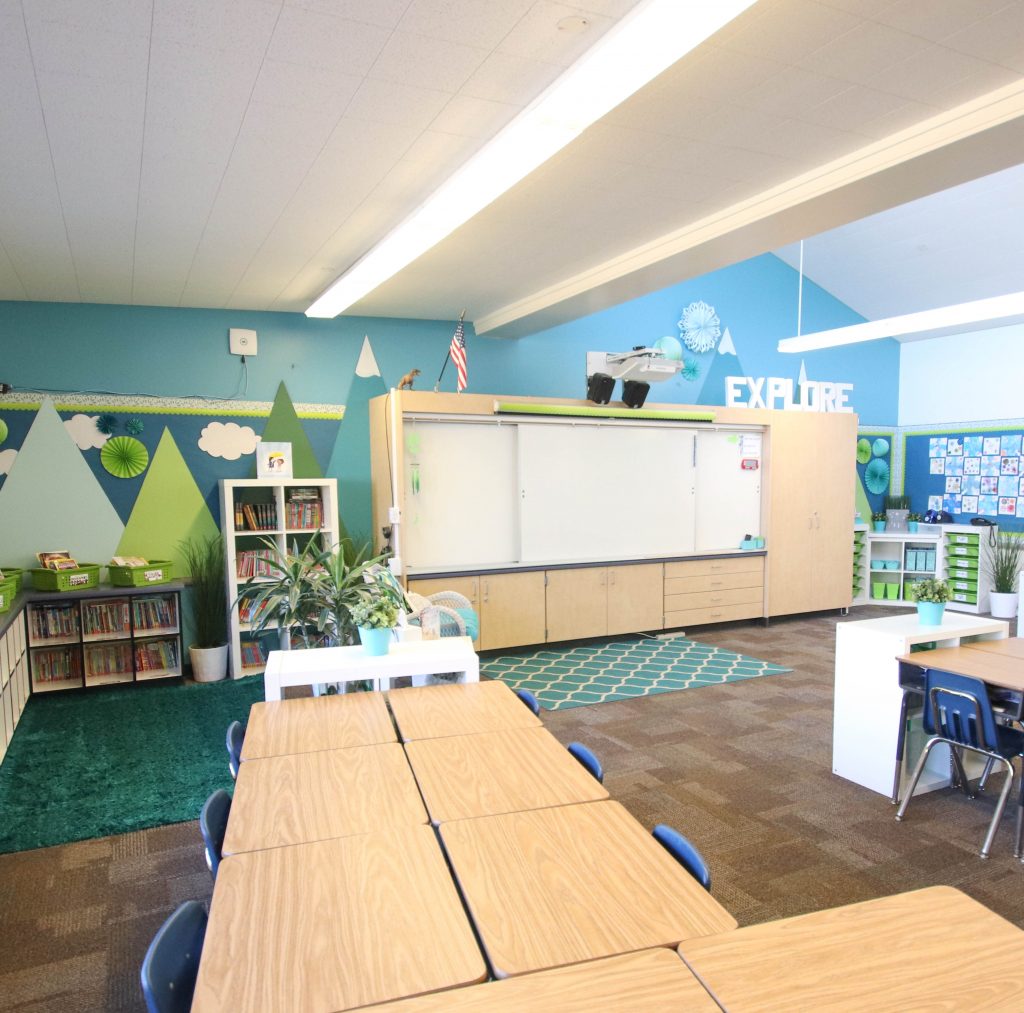
Each time I talk about this topic, I receive several messages about how I approach tidy up time at the end of each day so this collaborative effort to care for the classroom environment is a success. I hope seeing my answers to these questions in one place paints a complete picture of my approach to tidy up so you can begin implementing these routines and the strategies in your classroom.
Tidy up time only lasts for the final ten minutes of the day. During this time, students record their homework assignments, organize their workspace, complete their class job, and get dismissed. The way we can get all this done in such a short time is because everyone has something they’re responsible for. The expectations for responsibilities are modeled carefully, so students can be independent and successful.
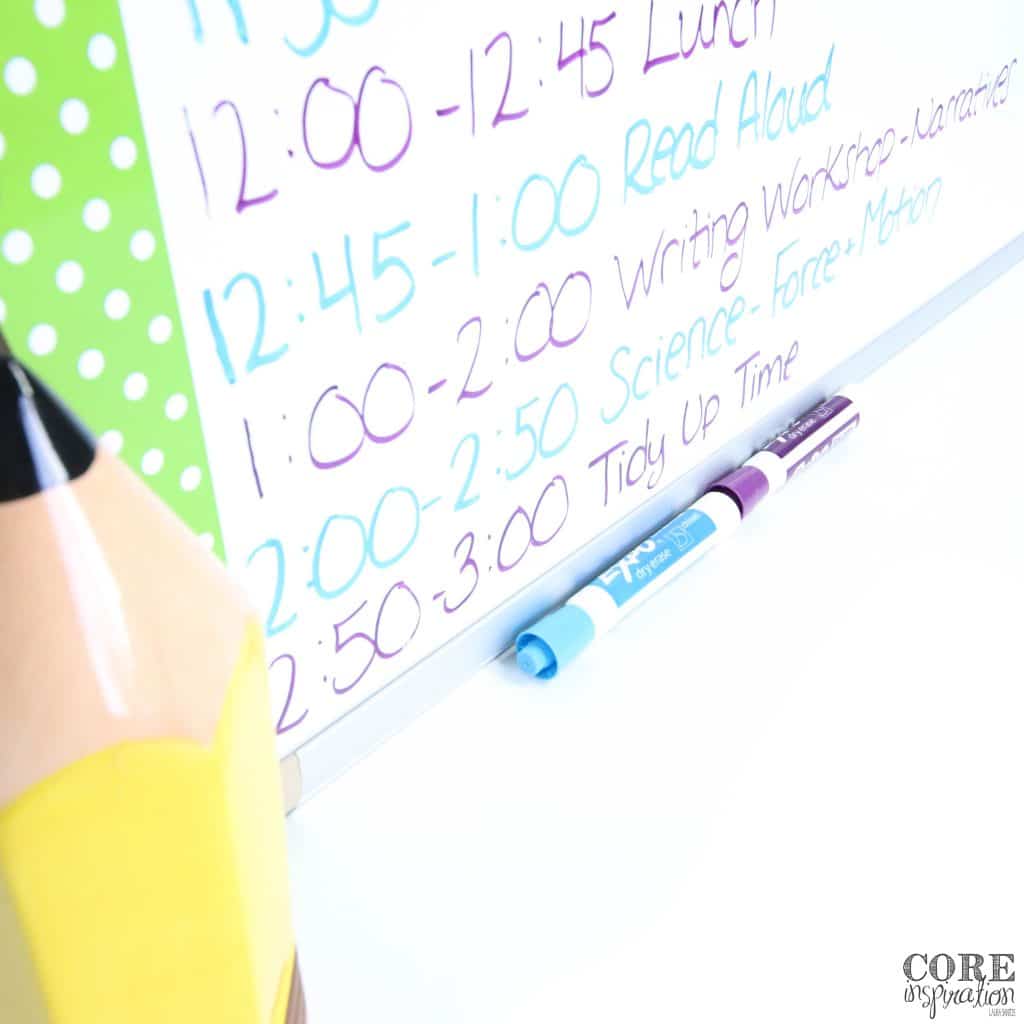
They refer to visual aides.
The first visual I use is this tidy up slide, which is put on display using our projector. It includes our homework assignments on the right-hand side. I write the assignments on a screenshot of the exact page layout students record their assignments on in their planner.
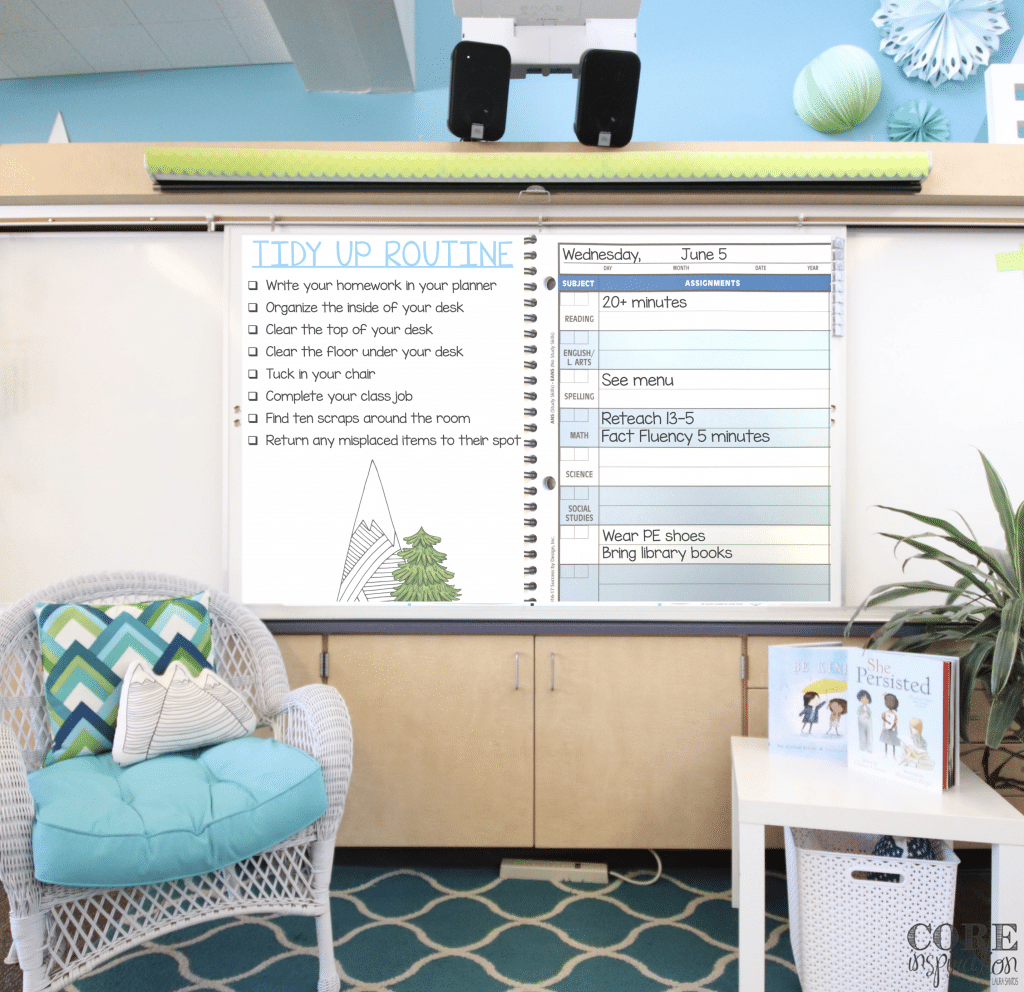
Giving them this visual support makes recording homework easier for students who need support with executive functioning skills (which is everyone to some degree). On the left-hand side is our Tidy Up Checklist, which gives the step-by-step process students follow each day to work through their tidy up time.
The second visual I use is my editable classroom job cards. I store these cards on our job board where every student has their own job pocket. If they need a reminder about how to execute their classroom job, there is a student-friendly job description along with a checklist of reminders that further boosts independence.
Our classroom jobs are a tremendous hit. Students know these jobs contribute to our smooth-running classroom in meaningful ways, so their buy-in is off the charts.
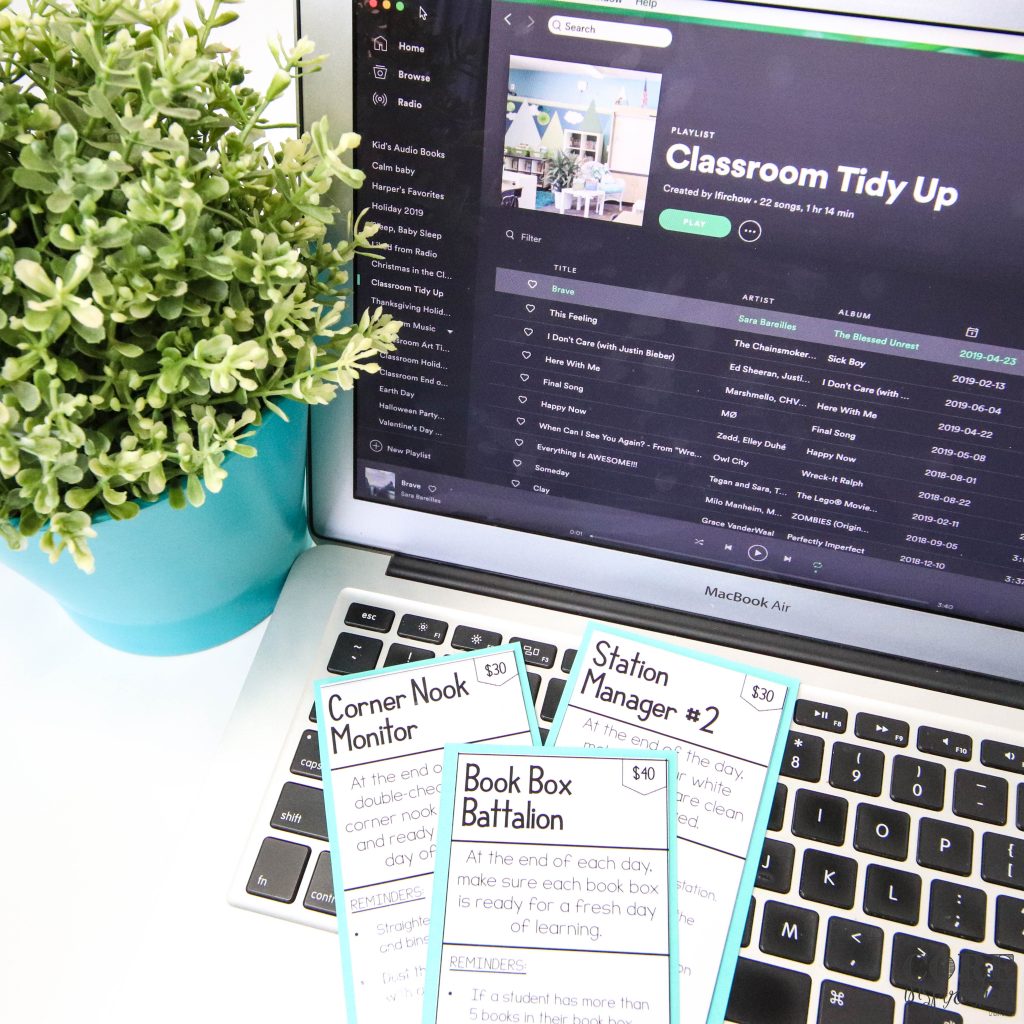
I also like playing really loud music, so the vibe is fun and relaxed. Our tidy up is a time to unwind and have fun together at the end of day. When the process feels like a celebration of all the hard work we’ve done during the school, day students can’t resist getting engaged.
Yes. Since desk organization is part of our daily tidy-up checklist, it doesn’t take long for students to get their desk in order. To support their desk organization, I have a classroom job called Desk Elf.
During tidy up time each day, these students walk around and quickly peek inside each desk to make sure students aren’t storing unneeded items like knick-knacks, loose papers, a hoard of pencils, or any shared supplies. If a Desk Elf sees any of these items, he/she places a tidy up ticket on that desk so the student knows they need to get organized before heading home for the day.
It usually takes 3-4 weeks. During this time I incorporate plenty of interactive modeling and verbal feedback so we have a strong foundation for the routine that is revisited and touched up on as needed throughout the year.
Yes, there are several jobs that only apply to times earlier in the day. During tidy time, students who currently hold those jobs tidy their desk and floor space, help around the room, and have a few extra moments to dance, socialize, check out areas around the room, or relax before heading home.
I have a detailed blog post about the interactive modeling process I use to introduce class jobs here. At the beginning of the school year, I introduce 2-3 jobs a day for the first couple weeks. Once modeling for a specific job is complete, I make that job available to apply for and hire a student to fill the position ASAP. Anyone without a job in those first weeks cleans their personal workspace and helps with general classroom tidying…slowly more and more students are employed as the weeks progress.
I clean up right alongside my students to model expectations and emphasize we really are a team who works together to care for our learning environment.
Yes. Also, the music is a privilege that is taken away temporarily if students get off task and are slacking on the tidy up process as a whole group.
No. We are all responsible for our own personal items. I don’t want them to expect me to keep their personal workspace tidy, nor do I expect that from them for my space. I do this myself. Sometimes I ask them to set my things on the chair at the back table if I have things in the way and they need to wipe or organize the space where I left something behind.
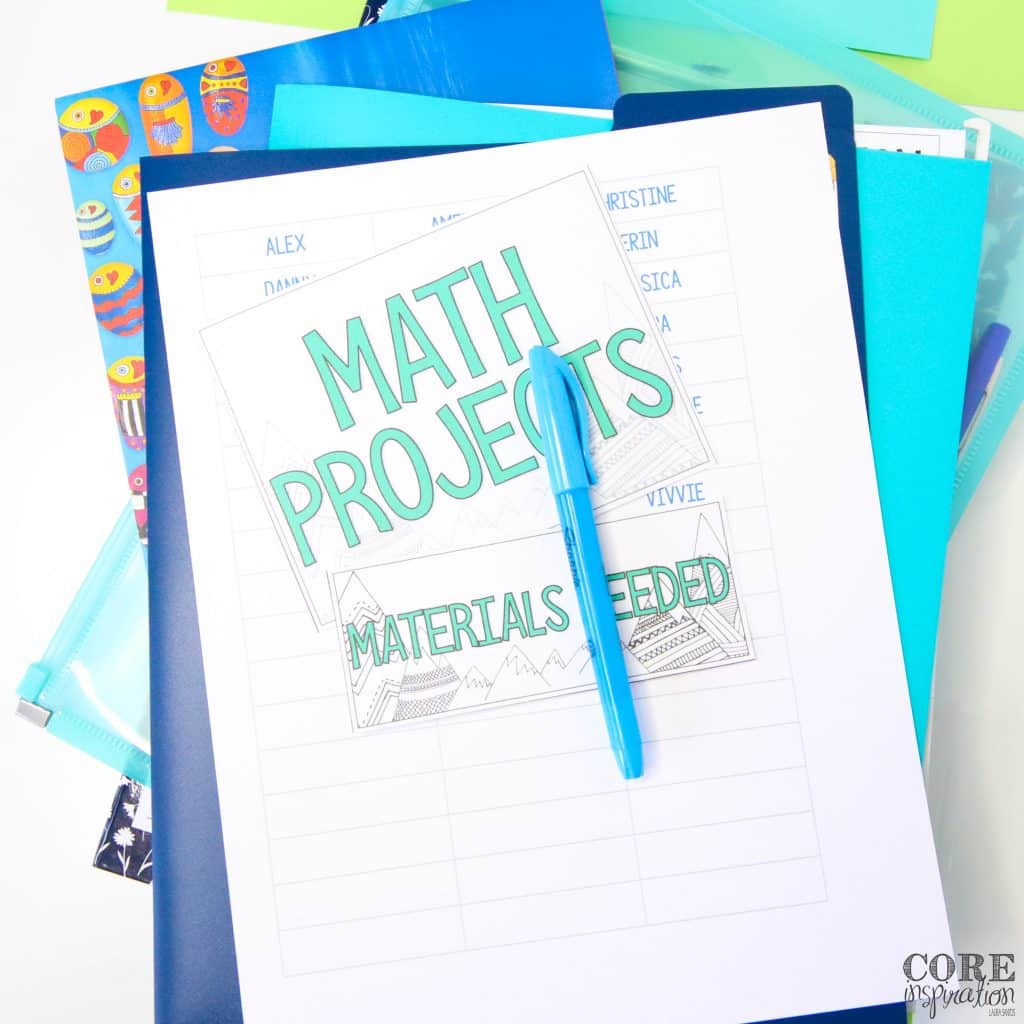
Each year, I have a student or two who needs support to record the last assignment or two in their homework planner. Their friends are always very willing to help with writing so their buddy can take part in the tidy up fun. As the year progresses, they develop their ability to transfer information quicker and this scaffold becomes unnecessary in most cases.
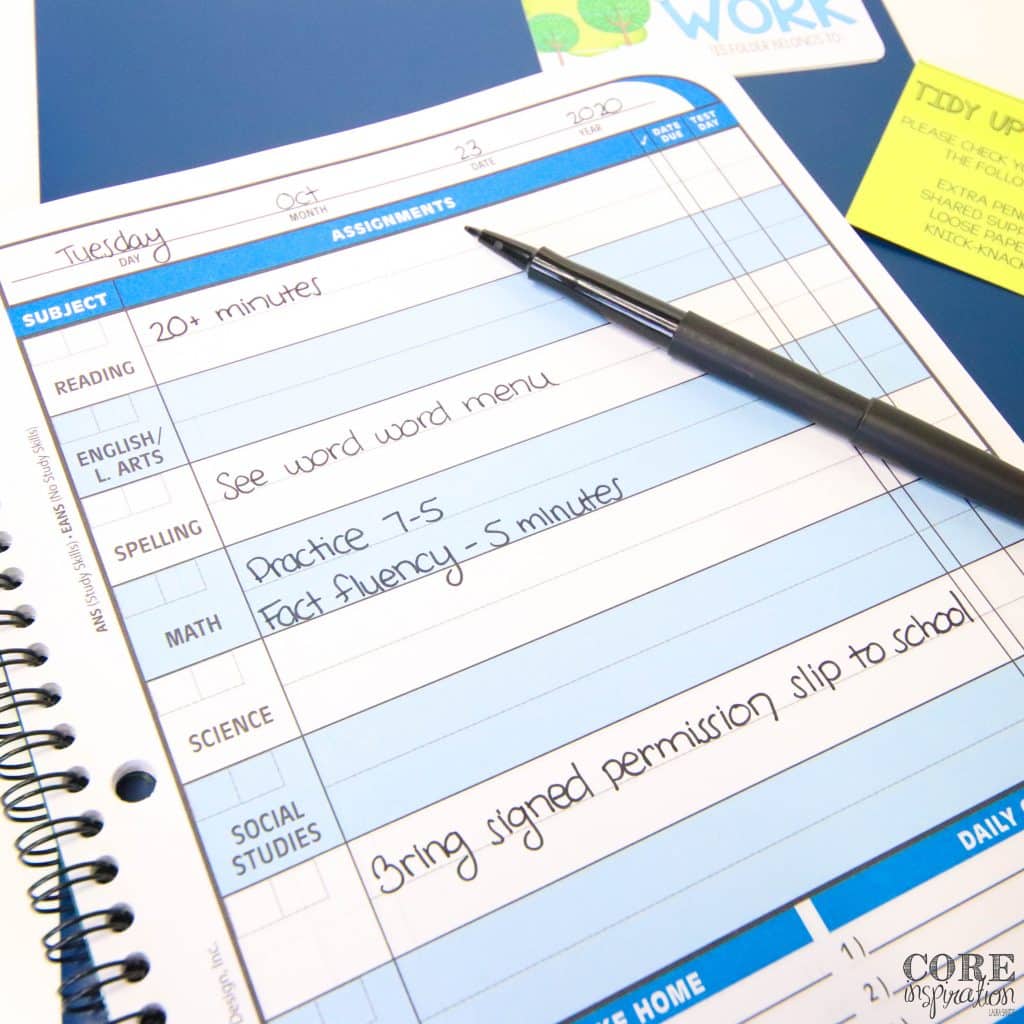
I have also taught students who need full support with this skill all year long. In that case, I simply record the homework for him/her earlier in the day (often at recess or lunch) and hand the student their planner during tidy up time. Differentiation is also so important with organization and executive functioning skills.
Although all the practices shared in the answers above contribute to a productive tidy up time each day, I can say the two most powerful contributors to tidy up success in my classroom are music and a wide variety of class jobs.
Once I shifted from expecting tidy up time to be a quiet process, to making it a fun, musical, social, active experience, everyone contributed more and looked forward to this special time of day.
I have a class job for every single little thing that will help create a tidy and organized classroom. When writing my class jobs, I imagined what I’d want the classroom to look like when I walked in each morning and then thought through the tasks that would need to be completed to make that a reality.
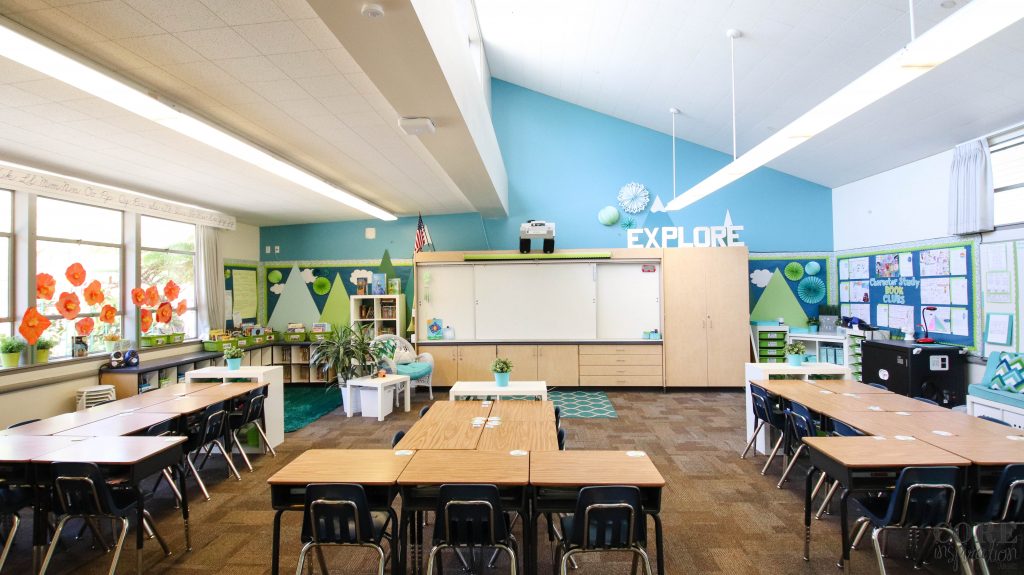
There you have it! Those are the 11 most common questions I receive about making tidy-up time more productive with students. If you have any additional questions about classroom jobs, or tidy up time, share them in the comments below to keep the conversation going. May your classroom be tidier than ever!

I’ve been an elementary teacher for ten years, and love sharing tips and resources that make differentiated learning more manageable for you. Thank you for visiting.
Learn More
Dropping by with weekly tips, classroom strategies, and free content created with you in mind.
Join me and other 2nd through 4th grade educators in the Teaching with Core Inspiration Facebook Group. This is a place to collaborate, ask questions, and learn how teachers like you are using Core Inspiration resources in their classrooms. Hope to see you there!
© 2024 Core Inspiration ∙ Website by KristenDoyle.co
8 Responses
First of all, thank you so much for sharing what works for you and how you learn to tweak your expectations. It helps us all realize we may need to do the same. Second, what songs do you have on your “Tidy up” play list? If you wouldn’t mind sharing for some ideas. Thank you!
Hi Michelle! Thank you so much for your comment. 🙂 I have the link to the playlist here so you can see the songs currently being used.
Laura, do you ever have students that choose not to apply for classroom jobs? What do you usualy do in that situation?
Hi Kelly,
I absolutely do every year. I don’t do much of anything. In time, those students become motivated by seeing their classmates enjoying their jobs and getting paid for them and having the opportunity to buy fun class passes that provide them with special privileges. Other students are just not into much at all for the entire year, which is totally okay with me as long as they are consistently contributing to the overall classroom tidy up at the end of the day (caring for their own space and picking up any loose scraps). 🙂
Hi! This was a very helpful post, so thank you! I used very similar structure to this last year, but I had a couple issues that I would like to problem solve.
First, for Fun Friday, do you have your kids tidy up before or after play time? I feel like it’s inefficient to clean the room, get toys and games out for 20 min, then clean the room again, but I also feel like we are always scrambling for time if we leave all the tidying up for after fun Friday is over.
Second – I had a few students last year who began to see the tidy up tickets as something negative, no matter how many conversations we had about it. I also had kids who would get the tidy up ticket, pretend to clean for a minute or two, then put their tidy up ticket back even tho their desk was still a mess. How did you hold these kids accountable for actually tidying their desk if they received a ticket?
Thank you!
Hi Mae, thank you for reaching out. I would do tidy up after fun Friday for sure…that way you’re leaving the classroom completely reset for a new week ahead. Also for the Fix It Ticket roadblocks, I’d work one on one with those students – both those who see it as a negative and those who are dodging the tidy up….perhaps arrange their desks strategically in the room and designate that area as the space where you will be the desk elf for an entire month. This will build the confidence of those who see it as a negative and build accountability for those who are dodging the tidy up. Giving them the opportunity to work directly with you until those kinks are worked out could be helpful. 🙂
Would you consider sharing your classroom playlist for tidy up time?
Hi Melissa, happy to share. You can find it here.